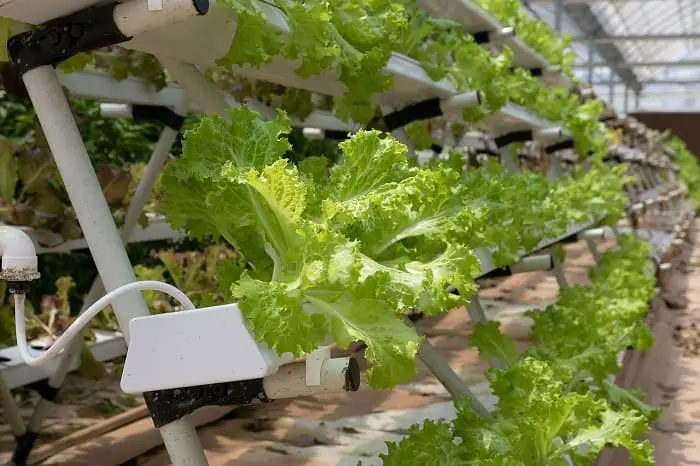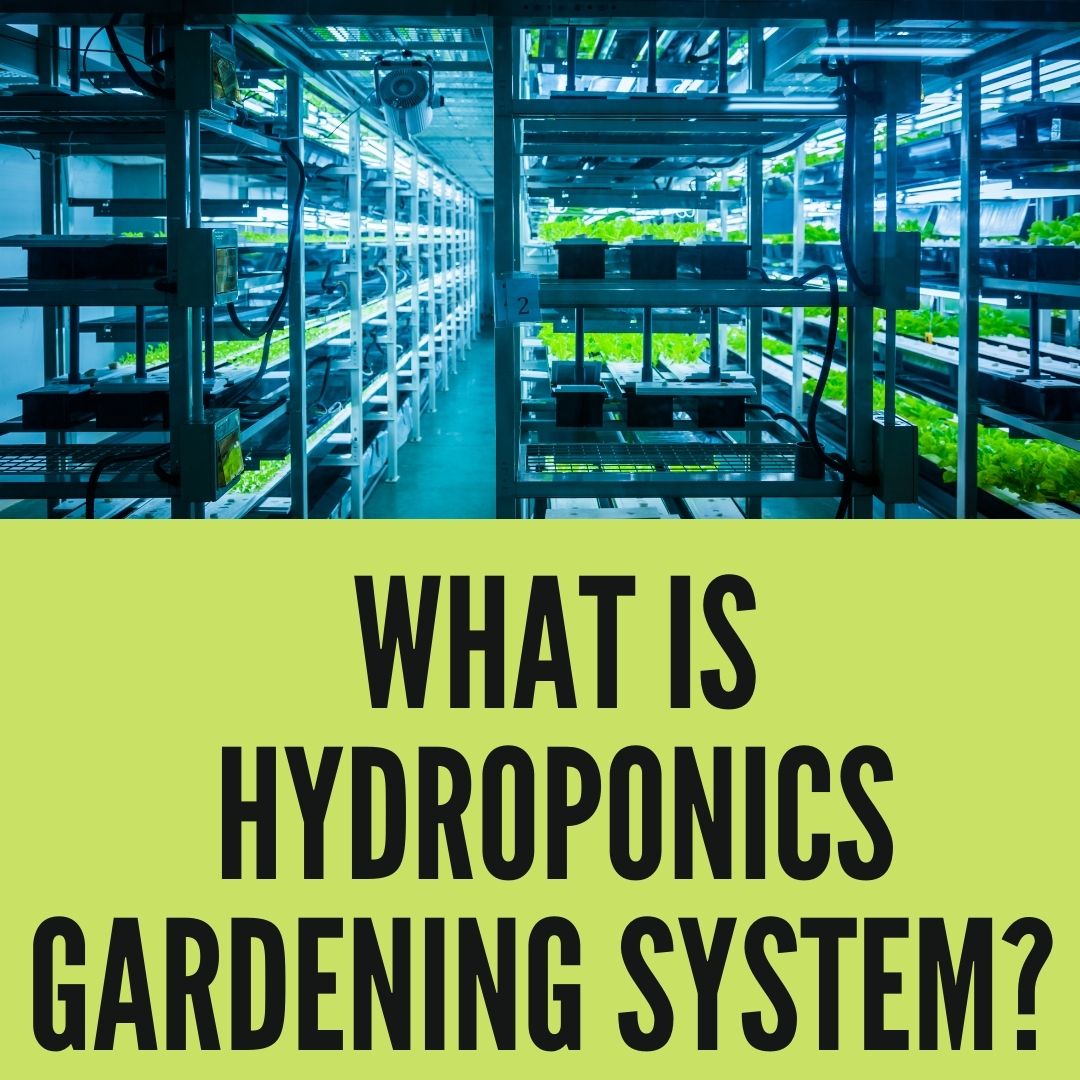Are you looking for an alternative to the soil to grow your plants? If you’re a gardener this might be an excellent solution and if you’re gleefully looking for this solution, you’re most welcome. Hydroponics is there for you.
First thing first,
What is Hydroponics?
Hydroponics is a way to grow plants without soil. Now, you might ask if it is possible or not. The good news is that this is now possible. Plants need water and nutrients to grow. And hydroponics just offers you that. If you can provide water and nutrients to your plants there is no need to use soil.
Also, humid air is the best solution in this regard. The plant’s root needs to get humid air. It is already proved that through hydroponics, plants grow 2 or 3 times faster than the normal procedure. More specifically, tomatoes, strawberries are already some living proof. People are getting success in their gardening using hydroponics.
It’s time to know,
How does hydroponics work?

The fundamental theory is to let your plants get water and nutrients. You can do it manually however you want. But if you need Hassel free solution, there are some readymade products to help you through. Here comes the AeroGarden. This product is a good solution for hydroponics.
There, the roots will be in the extremely humid air. Also, the packed of minerals are there for the faster growth of the plant. The thing is, the plant’s root needs to have humid air and nutrients to grow. You can use plastic and trickle past the nutrients to the roots.
In a nutshell, you can grow any plant hydroponically. This is an ever-green invention and solution too. It will help grow plants in any weather and situation. So regardless of weather and place, you will find it very useful and a real-time solution.
Different types of Hydroponic systems
Hydroponic refers to a nutrient-rich solution with a water base as an increasingly popular system of growing plants. It means that soil is beyond usage at all in a hydroponics system. While you are about to use a hydroponic system in growing plants, many variations of hydroponic systems are available for you to use—however, some different types of Hydroponic systems as follows.
- Drip Systems: With a drip system, you can quickly alter various kinds of plants that build it an excellent method for any planter who wants to make consistent variations. These methods may be as big or small as you wish. They can also be systems that circulate or do not circulate. A moving process drips almost frequently. All extra nutrients are returned to the nutrient solution tank.
- Aeroponic Systems: It is likely the most advanced type of all systems. In this system, the plants’ roots hang in the air and befog with the nutrient solution constantly. You can use a timer to monitor the nutrient pump, but the cycle is no longer if comparing to other hydroponic types. Usually, a few minutes is within each misting break. The system is not cheaper than different models.
- Nutrient Film Technique: As an active system, many gardeners have used the Nutrient Film Technique for commercial growth. It operates by continuously flowing the solutions, so the timer is beyond use. The nutrient solution is pushed into channels with the systems, which can grasp a different amount of plants. The systems hardly utilize growing mediums, and foam net pot inserts usually used to secure the plant.
- Wick Hydroponics: It is the most basic form of hydroponic system that needs no energy and pumps. It is just an entirely passive system, meaning no power is required among various hydroponic systems. As the systems supply no plant with a lot of nutrient solution, these methods operate well for small herbs and houseplants.
It is a crucial decision to choose your hydroponic systems. You need to consider the amount of space you belong to, the type of plant you grow, and how much modifying you need to do.
Hydroponic Plants And What to Grow?
Hydroponic is a system by which you can grow plants, vegetables, and herbs without soil. But instead of soil, they are growing with the help of a solution of water and nutrients.
Most of you have a question in your mind, “what to grow hydroponically?” Well, the answer is quite easy. You can grow a large variety of vegetables, herbs, and flowers. But sometimes lots of plants don’t flourish in water-based media. Let’s talk about those plants which grow in water media.
Flowers
The most desired and queen of all the flowers- “Rose” is grown excellent in a hydroponic setup. Also, Marigolds are the most natural plants to grow in the water media. Some other flower plants like lily, iris, orchids, petunia, and amaryllis flourish well in a hydroponic system.
Vegetable and fruits
Vegetables can be grown in large numbers and year-round in the hydroponic method. Although we usually count tomatoes as vegetables, it is an ideal fruit for an indoor hydroponic garden. Lettuce and spinach, which are the perfect ingredient for salad, can quickly harvest hydroponically.
Also, cumber is grown super fast and required enough light and temperature. Peppers need the same hydroponic condition as tomatoes. Beans, kale, and radishes are done great in the hydroponic system.
Additionally, strawberries are the most-grown fruit in commercial and non-commercial hydroponic production. Blueberries can be grown in the hydroponic setup as well.
Herbs
Herbs are grown excellent in hydroponic settings as well as other vegetables and flowers. Basil and mint thrive very quickly in a hydroponic system. And chives are also easy to grow in this system.
Additionally, Coriander is a great herb to grow. A few other herbs are also doing great in hydroponic setup like-oregano, parsley, rosemary, fennel, lavender, mint, rosemary, and thyme.
As if you are new to hydroponics, you should start with some fast-growing plants to enjoy rapid growth. Then you have to move gradually with some harder plants.
The Benefits and Downsides of Hydroponics
A scientific procedure of growing plants using no soil is known as Hydroponics. In this process, mineral nutrient solutions are used for growing plants. These solutions are used in a water solvent. Growing media is used in this process. And these are totally made of organic substances, no chemicals are used here.
Like any other procedure, this method has some advantages and disadvantages. I am going to talk about the benefits and downsides of Hydroponics in this article.
Benefits of Hydroponics
This is a scientific process and it has many positive aspects. Like-
- If you become experienced enough, you will make a good harvest using this process.
- You can grow these plants anywhere you want or in any place that is suitable for you.
- It requires less water.
- This process requires less space and work.
- You will need no pesticides for your plants.
- You don’t have to give hard labour.
- You can grow your plant anytime of the year.
- Hydroponics method can help a farmer to maximize his profit.
- This process lowers the risks of plant diseases.
- It is very safe for our environment.
Downsides of Hydroponics
Along with advantages, this system has few disadvantages to consider too. For instance-
- It helps to spread waterborne diseases.
- Any malfunction will harm your harvest and desired plants.
- You have to be very careful.
- It is quite expensive.
- It requires proper knowledge.
Conclusion
If you have read this article through, you can already see how effective this process can be in farming. It requires less work but gives the most profit! It is very economical and safe. You will have no seasonal limitation and your plants will grow healthier than normal. So, if you were in a doubt about this process, just calm your mind and go for it!
